All Activity
- Yesterday
-
Hello all, What would your recommendation be for a potting mixture for Mexican Pinguiculas grown year round in a greenhouse kept at 15°C minimum AND with a relative humidy of 95+% day and night in winter. Kenneth.
- Last week
-
Lee Chamberlain started following DC Carnivores
-
Maciej Stelmach started following Maciej Stelmach's Heliamphora and Co.
-
Hello. Some years ago I had a topic on CPUK with my pictures of Heliamphora. I'd like to resume posting photographs of my plants here but this time with other CP genera as well. First I'll go with 2 very closely related species, coming from the same Tepui - Amuri. My personal take on these is that the H. exappendiculata from Amuri are more or less hybridized with H. uncinata, mostly because they bear nectar glands on the back of their pitchers which is typical feature for H. uncinata but nonexistent when it comes to H. exappendiculata.
- Earlier
-
Lee Chamberlain started following ObiplantsKenobi
-
Rubbish growing on top of soil / rhizome
Mytob replied to Mytob's topic in General Carnivorous Plant Discussion
Ok thanks for the info. Will repot a few with it on and put some grit over the top. Would it be worth lighting scrubbing the rhizome with a toothbrush to remove bits on it? -

Rubbish growing on top of soil / rhizome
gardenofeden replied to Mytob's topic in General Carnivorous Plant Discussion
they spread by spores and gemmae, scraping off top layer and replacing helps -

Rubbish growing on top of soil / rhizome
billynomates666 replied to Mytob's topic in General Carnivorous Plant Discussion
If they worry me I just pull them up or scrape them off, they dont have deep roots so its fairly easy. Cheers Steve -
Rubbish growing on top of soil / rhizome
RobH replied to Mytob's topic in General Carnivorous Plant Discussion
You need to try and keep the soil surface drier if possible. A layer of grit or gravel should do the trick. Even sand would help for the seedlings. -
Rubbish growing on top of soil / rhizome
Mytob replied to Mytob's topic in General Carnivorous Plant Discussion
Thanks for that. Any idea how I can get rid of it without killing the plants? Found a couple of herbicides on RHS site but says to be used with plants with woody stems such as roses. It’s swamping a lot of my seedlings unfortunately. -

Rubbish growing on top of soil / rhizome
billynomates666 replied to Mytob's topic in General Carnivorous Plant Discussion
Looks like liverworts to me, spore producing vascular plants, harmless to larger plants but cause problems with seeds. Link to information https://www.naturespot.org.uk/gallery/liverworts Cheers Steve -
Mytob started following Rubbish growing on top of soil / rhizome
-

Pinguicula elongata (Benj.)
.Pico. replied to silverback's topic in Carnivorous Plants in Cultivation
Very nice plants! Is there something that triggers flowering in your conditions or do they flower consistently? I have been growing them for a few years but my plants never flowered yet. I have to say that I leave them decide themselves when it is time to go dormant though, without changing waterings or other growing conditions. -
- 1 reply
-
- 4
-

-

Drosera coccipetala huge flowering
Zlatokrt replied to maurizio's topic in Carnivorous Plants in Cultivation
They are amazing! -
Rapid Prey Slinging Sundews It always looks sensational when the rapid catapults of some sundews fling their prey into the sticky tentacles of the trapping leaf in a matter of seconds or even milliseconds. The largest of the catapult-flypaper traps known to date, Drosera glanduligera, is even faster than the famous Venus flytrap. In the past, who would have thought a sundew could do that? The exciting research into these fast trapping movements in the genus Drosera only began in the 1980s with the still rather sedate Drosera burmannii / D. sessilifolia. We show with impressive recordings how research into the fast catapults progressed. Even today there are still surprises. In this film we show all known rapid catapult-flypaper traps and present video evidence of the tentacle movement of Drosera australis, a further rapid pygmy Drosera.
-
- 2
-

-
- catapult-flypaper trap
- bryastrum
- (and 10 more)
-
etoburbitkiler nokta com changed their profile photo
-
Hello, we have now fixed the times of the lecture, please see the following link for the up to date information for the times of the lectures: https://www.carnivoren.org/icps-conference-2024/vortraege/ Registration to the Conference will be open until May, 12th. Please note that the tickets for visiting Mirek Srba are limited to 50 persons. I am sure they will all be sold soon! If you have any question, please don't hesitate to ask! Regards Christian
-
Drosera coccipetala huge flowering
AKR replied to maurizio's topic in Carnivorous Plants in Cultivation
Fantastic plants -
-
Hi, the forum is funded by the Carnivorous Plant Society, but is not very functional these days with almost all posts being EU plant sales. CP chats, sales and trading have all moved to various Facebook groups. Some of the people you mention are still around...
- 1 reply
-
- 1
-

-
Hi everyone, Can anyone fill me in on the history of what happened in the last twenty years CPUK forum, how is this forum funded these days and where are the super old posts, are they archived? I kept CPs back in 2000 to 2003 in Newport, Wales. Went to University and had to give the plants away slowly. I was on CPUK forum many years ago even entered a photo competition in 2003 i think with a ping of mine shot with my webcam, those were the days. Twenty years forward, I have moved to Switzerland Zurich with now two kids asking what are these plants I have photos of, i am thinking to get a cephalotus to pique their interest. I kept a file of the addresses of the growers I interacted with, not sure if any of them are still here. Vic Brown, Langford Williams, Paul O'Keeffe, Sheila Little, Chris Skinner, Mike King, Giles King-Salter etc etc Best, Dong
-
garrycool changed their profile photo
-
-
Short update. No germination up to now, three months later. Seems I've had no luck with these. So I'm just waiting for one of the local plant nurseries to import a batch of Nepenthes with an odd find inbetween. May the dutch producers have merci and open the market for ampullaria!😁
-
Carnivorous Plant Maniacs in Down Under (2001) In the last part of our Australia trilogy in 2001, we find many carnivorous plants with Kirstie Wulf and Greg Bourke near Sydney and in the Blue Mountains. We look for more sundews and bladderworts with Trevor Hannam in Cairns and film Drosera schizandra in the jungle of Mount Bartle Frere. In Port Douglas, we are invited by Helen and Michael Gabour to the great blues events at the Court House Hotel, dive on the Barrier Reef and encounter more carnivores and an impressive stick insect near Cape Tribulation. In the CP-paradise of the Kimberley near Kununurra, we film many plants and two bug-plant-mutualisms including a sundew with unusual characteristics, which we are delighted to find in cultivation on our return to Germany. We show it to an expert and Dr. Jan Schlauer explains the unique characteristics of the plant in an interview at the end of June. In December 2001, he describes the new species in Carnivorous Plant Newsletter as Drosera hartmeyerorum. This film offers an hour of exciting adventures on the successful search for carnivorous plants in Australia. It doesn't get much more adventurous than this!
-
- blue mountains
- north queensland
- (and 16 more)
-
No, it has never dried out. If anything I wondered if it was too wet.

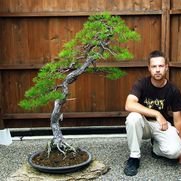
.thumb.jpg.323c8ce8aae3bb9660b6cad419c7b75f.jpg)
.thumb.jpg.a6b4adab97300515756a640c9cbe1c02.jpg)
.thumb.jpg.d44e1aaca86977bdee0556a0c8a65004.jpg)
.thumb.jpg.b4adfcb6b282bfe3e79ba133acee1bb7.jpg)
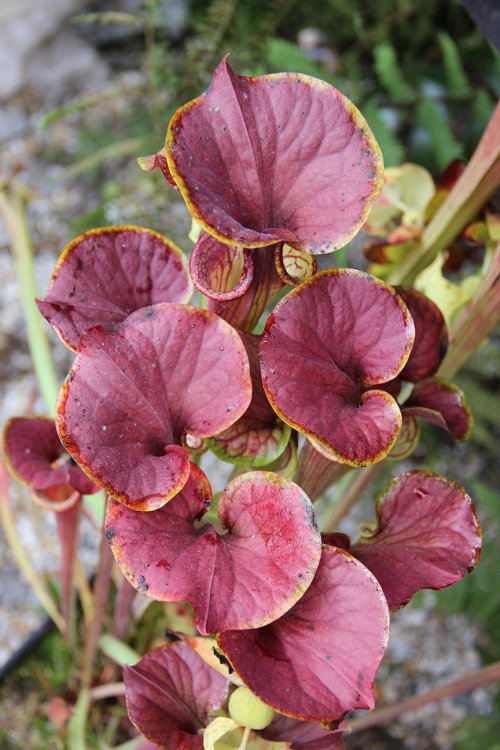

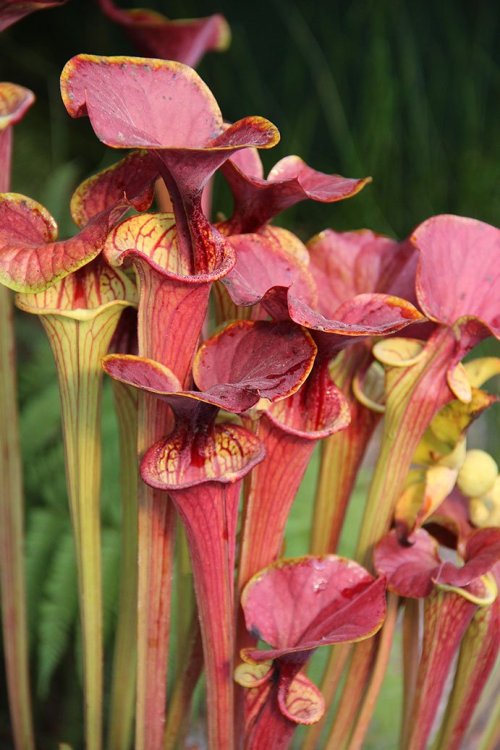

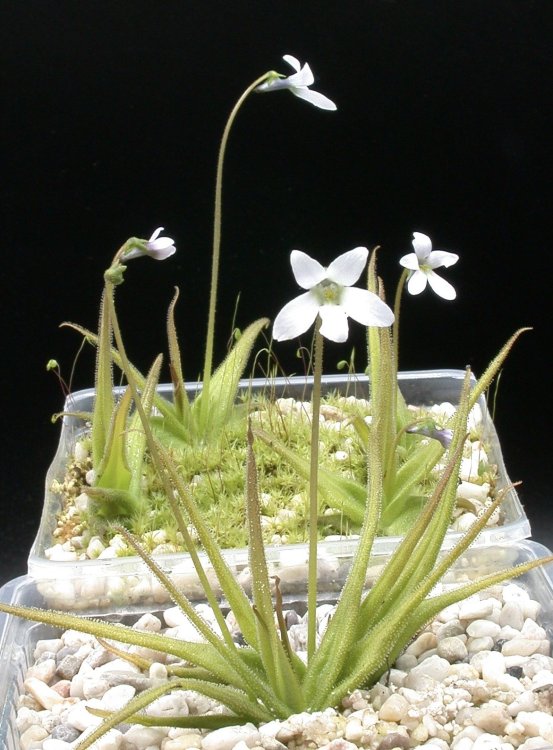
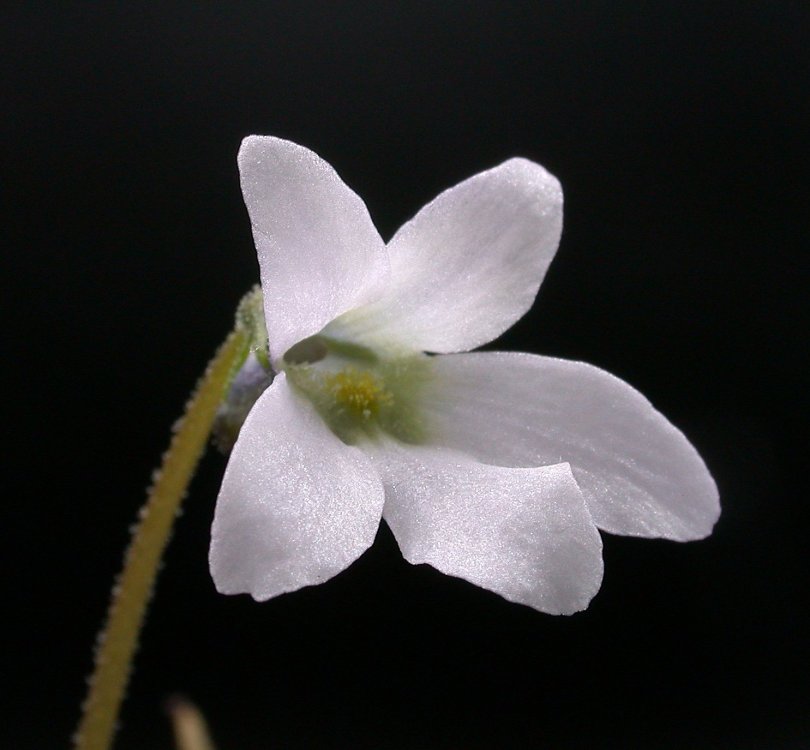
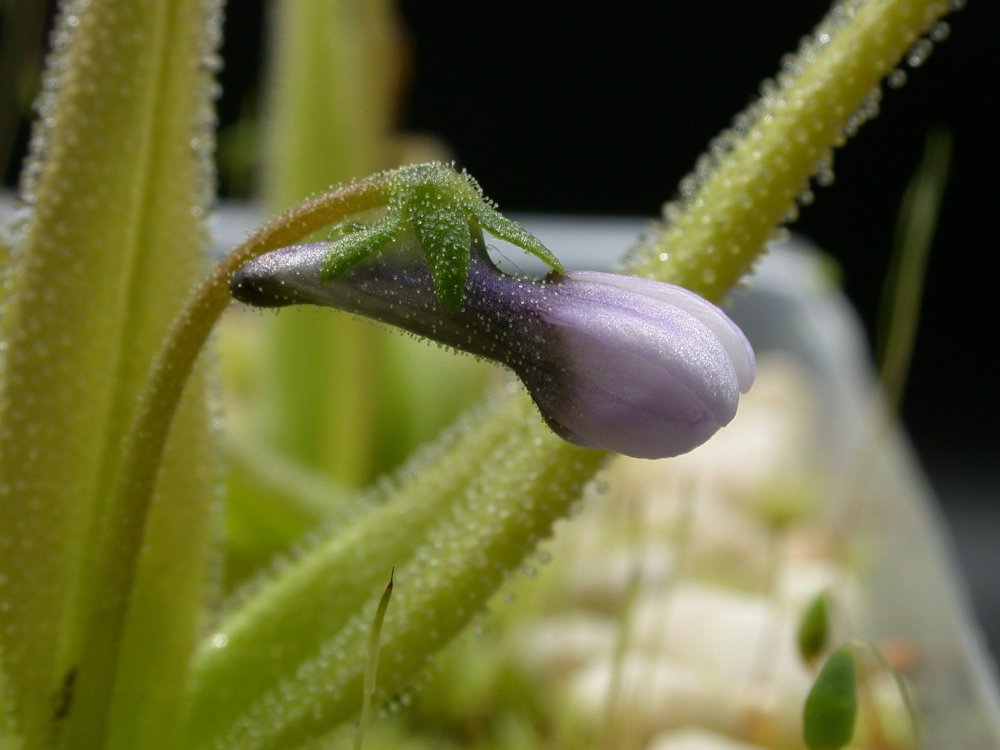
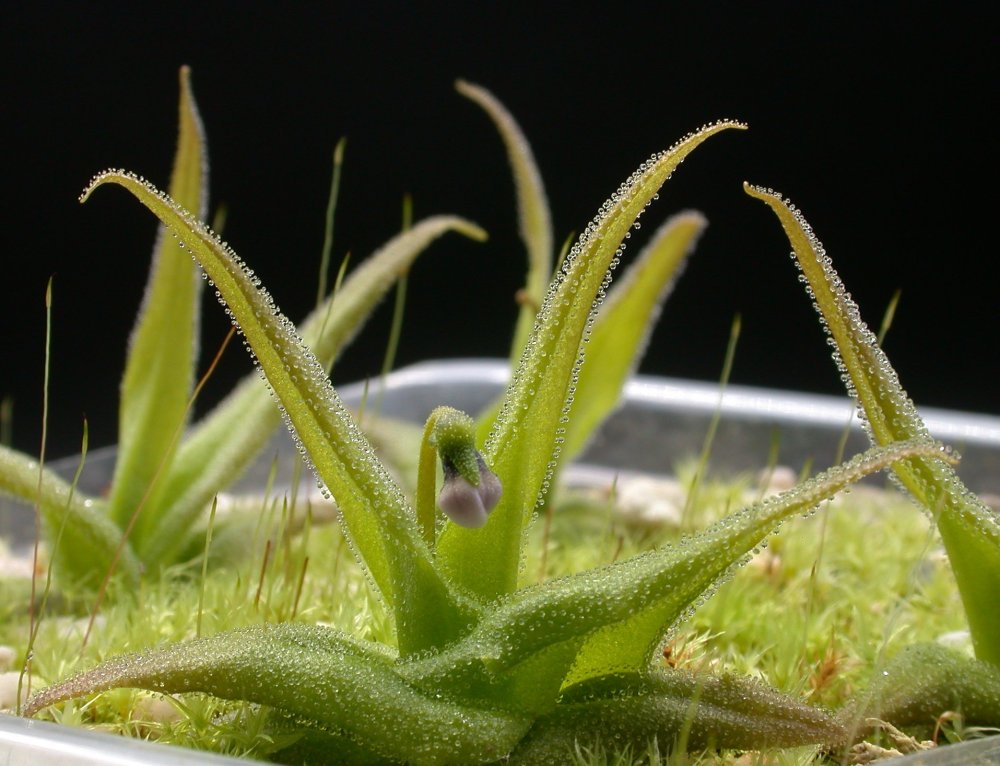
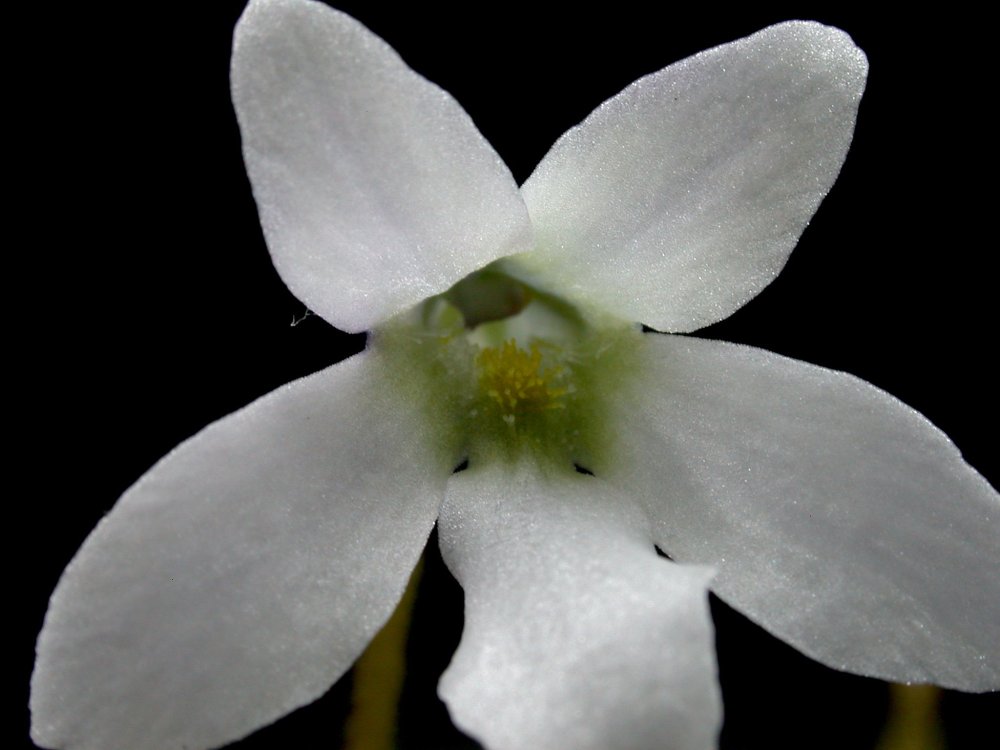

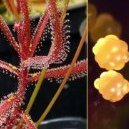













.thumb.jpg.b975f3c35491d97d925e04f37272f4c6.jpg)






